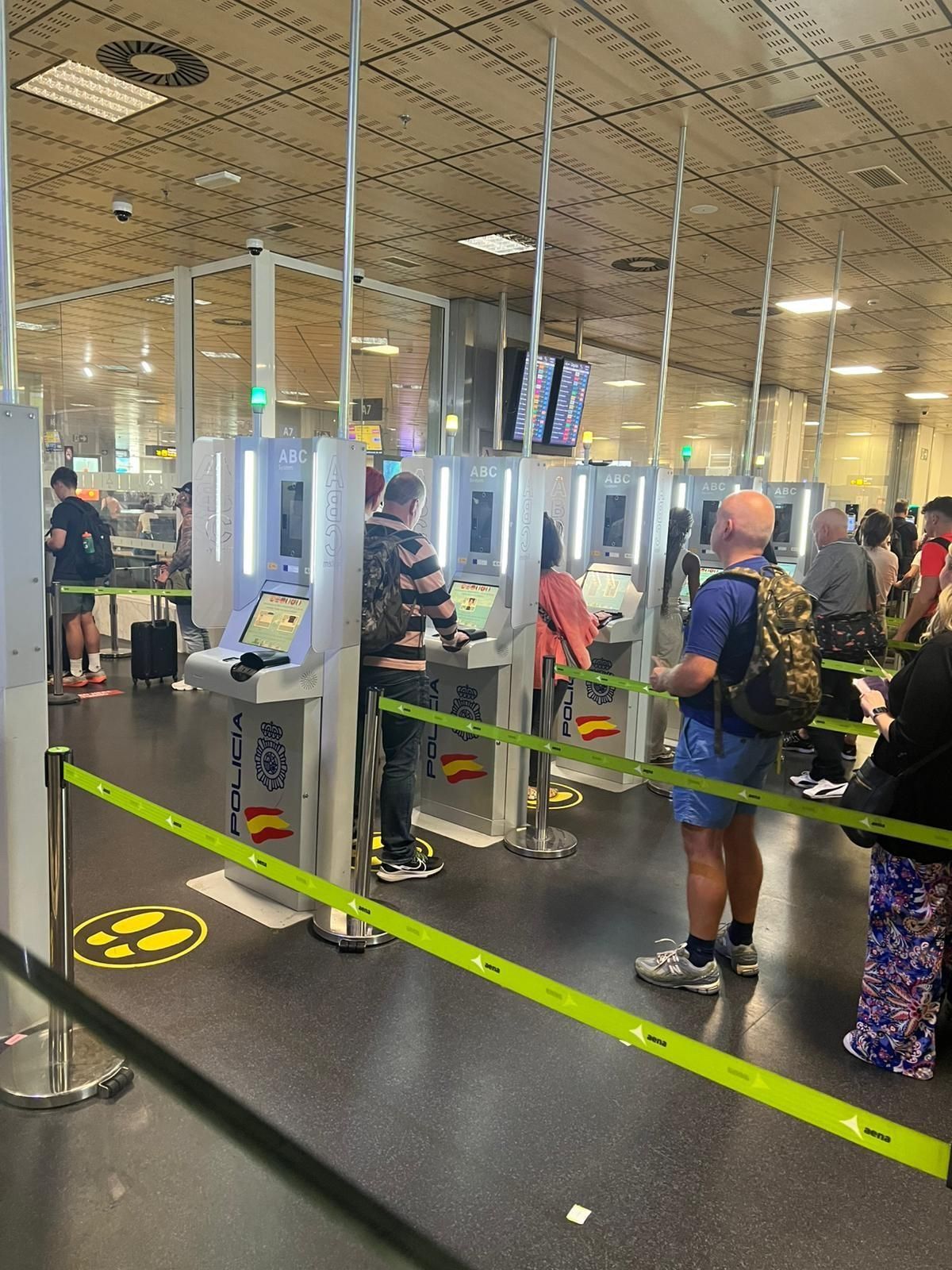
Call for Sustainable Legislation in Lanzarote
The President of the Cabildo of Lanzarote, Oswaldo Betancort (CC), has urged the Canary Islands Government to promote specific legislation similar to that which was approved for the ‘Green Islands’ (El Hierro, La Gomera, and La Palma). This is aimed at ensuring the sustainable future of the eastern archipelago comprising Fuerteventura and Lanzarote.
This request was made during the ‘Islands with a Future’ forum organised by Canarias 7. Following an introduction by the Canary Islands President, Fernando Clavijo (CC), both Betancort and the President of the Cabildo of Fuerteventura, Lola García (CC), outlined the challenges these islands face to foster population and tourism growth without compromising the well-being and quality of life of their residents.
A Balanced Approach to Growth
“Less is more. We are the island with the slowest growth yet the highest revenue in terms of tourism,” stated Betancort. He highlighted that the population had shifted from a decrease of 4,000 people annually to an increase of 2,500, aiming to enhance the quality of life for families.
According to Betancort, Lanzarote is not only fashionable but functional. He advocates for managing this success to ensure that the next generation has opportunities for economic development and, importantly, quality of life.
Modernising Regulations
Betancort has championed the need to modernise outdated regulations, such as the Island Planning Act of 1991, to control developments that jeopardise the future and fail to adequately protect unique spaces like La Geria. His administration plans to approve a special plan for this area during the current legislative term.
Regarding the update of the Island Plan, which is expected to be approved before the 2027 elections, Betancort noted that it would encompass coastal management and promote “a tourism model where less is more.” This model aims to attract more qualified visitors who contribute to the quality of life for Lanzarote residents, while rejecting a tourist levy “that would not be executable” by the administration.
Addressing Housing Needs
With one of the largest collections of four and five-star hotels in the Canary Islands, Lanzarote has successfully removed 2,000 beds from the market without criticism from business owners. This includes 137 holiday homes and 104,000 square metres eligible for new accommodation developments.
Betancort also defended the housing policies implemented by his government over the past two years, having “materialised 14 million euros” for land purchases and the acquisition of 42 homes in Playa Blanca, which have been allocated to the Canary Islands Government for rental to families in Lanzarote.
“We are the only island that has increased the percentage of the youth rental voucher, and we will continue to invest in property. There are 20,000 vacant homes in Lanzarote, and the Cabildo must be part of the solution,” he stated.
Future Planning for Fuerteventura
Lola García, the President of the Cabildo of Fuerteventura, expressed that her island has a promising future. However, she stressed the importance of thorough planning to avoid improvisation. She reiterated her government’s commitment to robust territorial planning concerning environmental issues and the management of natural protected areas to avoid “making mistakes” that would cause suffering to the local population.
García also referenced the necessity for Fuerteventura to have comprehensive planning for its essential infrastructures to enhance the quality of life for its residents. She highlighted her Cabildo’s clear commitment to innovation and aerospace technology through the Technological Park.
A Long-term Vision
García emphasised that improvements to hydraulic, socio-health, educational, and healthcare infrastructures must not be confined to a four-year term but must extend into future legislatures. “This requires a long-term vision of 20 to 30 years, underscoring the importance of collaborative planning in Fuerteventura,” she added.
On the housing front, the Cabildo, alongside the municipalities and the Canary Islands Housing Institute, is working to expedite all stalled partial plans for development. Moreover, they are making all available land for construction accessible to both the Canary Islands Government and the municipalities. García acknowledged that the surge in holiday housing has significantly impacted the island, as many buildings previously devoted to long-term rentals are now repurposed for this new accommodation model.
For new housing construction, the Cabildo of Fuerteventura has allocated five million euros and has also promoted the rehabilitation of buildings in Puerto del Rosario and the historic centre of Corralejo, which have seen improvements to their surrounding environments.
Addressing Water Emergency
García also referred to the recent water emergency that Fuerteventura encountered, advocating for continued planning improvements. The island’s water production has increased from 34,000 cubic metres to nearly 50,000 cubic metres, ensuring sufficient water supply reaches all areas.
“We have also increased water storage capacity and replaced the distribution and transport networks, addressing losses that previously reached almost 50%,” she said.
“We are experiencing a significant change, yet challenges remain, and we must continue to invest. Nearly 60 million euros have been invested over the past two years in emergency works, enabling us to overcome the water emergency. However, solving the water issue will remain our top priority,” she assured.














